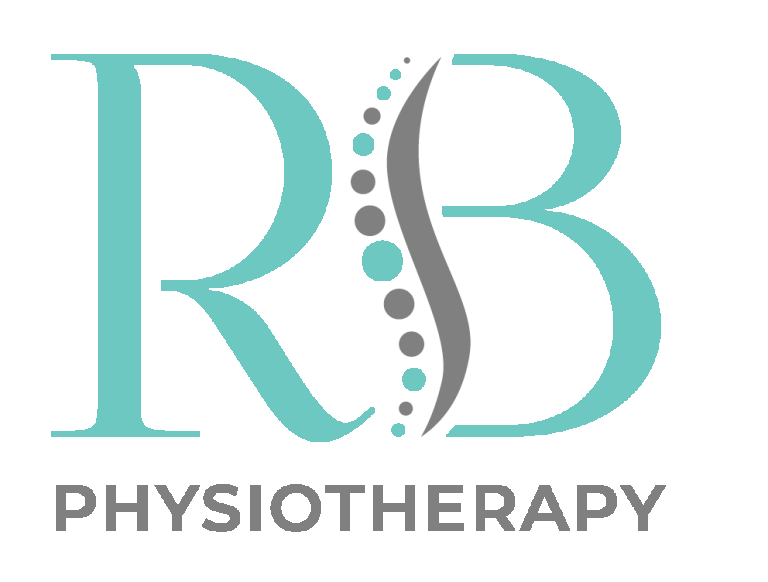
Dry Needling
Dry Needling is a contemporary and effective technique in physical therapy, offering significant benefits in pain relief and muscle function. Explore how this minimally invasive method can be crucial to your rehabilitation and wellness journey.
What is dry needling?
Dry needling involves the insertion of thin needles into specific areas of the muscle, known as trigger points. The purpose is not to inject any substance but to stimulate the tissue, relieving muscular pain and stiffness.
This technique is especially beneficial for treating chronic pain, reducing muscle tension, and enhancing muscle function.
How does dry needling work?
During a dry needling session, a qualified therapist gently inserts sterile, single-use needles into the skin, targeting muscular trigger points. The needles create tiny lesions in the muscle, which can help to break the cycle of pain and muscle spasms. This process encourages increased blood flow and triggers the body's natural healing mechanisms.
What improvements can I expect from this therapy?
Dry needling can lead to a decrease in pain levels, an increase in muscle flexibility, and an improvement in range of motion. It's particularly effective for sports injuries, muscle spasms, fibromyalgia, sciatic pain, and repetitive strain injuries.
Is dry needling safe?
When performed by a trained professional, dry needling is a safe procedure. Some patients may experience mild discomfort or slight bruising at the needle site, but severe side effects are rare. It's important to discuss any concerns with your therapist to understand if dry needling is suitable for you.
Can dry needling be part of a broader treatment plan?
Absolutely! Dry needling is often used with other physiotherapy techniques such as manual therapy, exercise, and education. This integrative approach can enhance the overall effectiveness of your treatment plan, addressing both the symptoms and the underlying cause of your discomfort.
Dry needling is an innovative and effective method for addressing various musculoskeletal issues. It's a vital tool in the modern physiotherapist's arsenal to enhance your recovery and quality of life.



